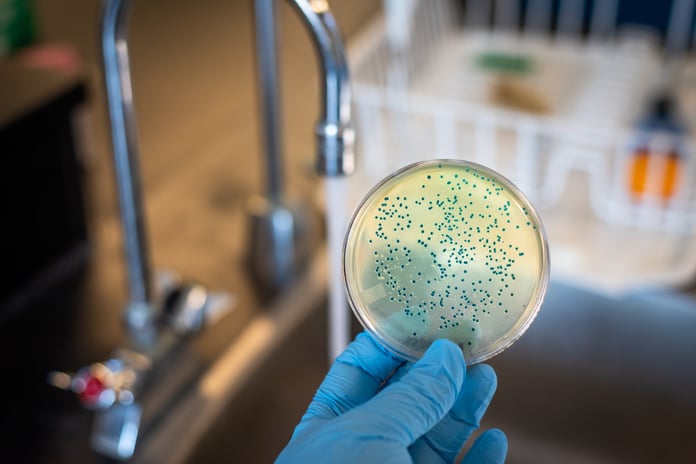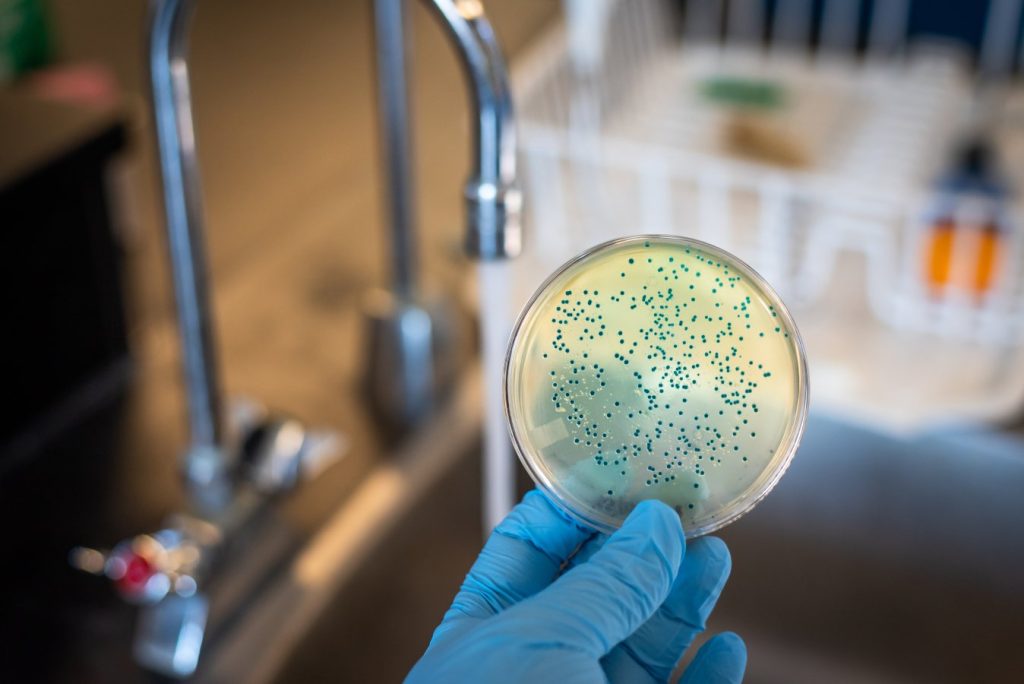

Generative AI has designed the first experimental drugs aimed at defeating deadly drug-resistant infections in what researchers hail as a significant advancement in antibiotic development.
Scientists at the Massachusetts Institute of Technology (MIT) say their AI-driven approach could open new frontiers in the fight against resistant pathogens, after early tests showed promise against some of the world’s most dangerous superbugs.
Early results hint at new chapter in antibiotic discovery
Two experimental compounds, one for methicillin-resistant Staphylococcus aureus (MRSA) and another for drug-resistant gonorrhoea, have been created using generative AI at MIT’s Antibiotics-AI Project. In early tests, both compounds killed their targets in lab dishes and cleared infections in mice.
The work, published in Cell under the title Generative AI–Enabled Discovery of Antibiotics Against Drug-Resistant Pathogens, was led by senior author Professor James Collins, with lead authors Aarti Krishnan, Melis Anahtar, and Jacqueline Valeri.
Named DN1 for MRSA, and NG1, for drug-resistant gonorrhoea, the drugs are unlike any antibiotics in use today and appear to work by disrupting bacterial cell membranes, with NG1 also striking a previously untapped protein target.
The findings mark a rare breakthrough in a field that has struggled for decades, as drug-resistant infections kill an estimated three people every minute worldwide, and MRSA deaths have more than doubled since 1990, according to a study from the Global Research on Antimicrobial Resistance (GRAM) Project featured in The Lancet.
Though still years from patient use, the new compounds stand as potent proof that generative AI can create entirely new weapons against some of the most lethal pathogens, a leap that MIT researchers told the BBC could usher in a “second golden age” in antibiotic discovery.
Generative AI searches chemical space for hidden antibiotic blueprints
MIT scientists used advanced AI models to explore the “chemical space,” or the vast universe of possible molecular structures, in search of new ways to kill resistant bacteria. Unlike conventional drug discovery, which works from existing libraries of chemicals, the AI generated millions of virtual compounds that have never been seen before.
Two strategies drove the search. One began with a chemical fragment known to harm Neisseria gonorrhoeae, then used AI models to build complete drug candidates from it. The other allowed the algorithms to create entirely new molecules for MRSA without a starting template.
Machine learning models, trained to spot antibacterial potential, sifted through tens of millions of designs, eliminating any predicted to be toxic or too similar to current antibiotics. From this vast digital shortlist, researchers synthesized and tested the most promising candidates, a process that ultimately delivered NG1 and DN1.
AI is breaking barriers in diagnosis, treatment, and beyond
Artificial intelligence may be advancing on many fronts, but healthcare is one of its most critical battlegrounds. Few other fields offer the same stakes: the chance to actually save lives.
From outperforming doctors in complex diagnoses to pinpointing viable sperm in severe infertility cases, matching prostate cancer patients with the right treatments, and predicting cancer survival using facial photos, AI is charting new ground in how care is discovered and delivered.

